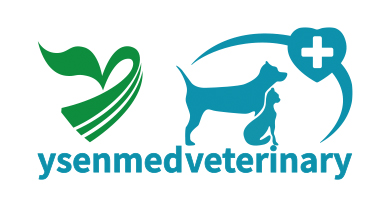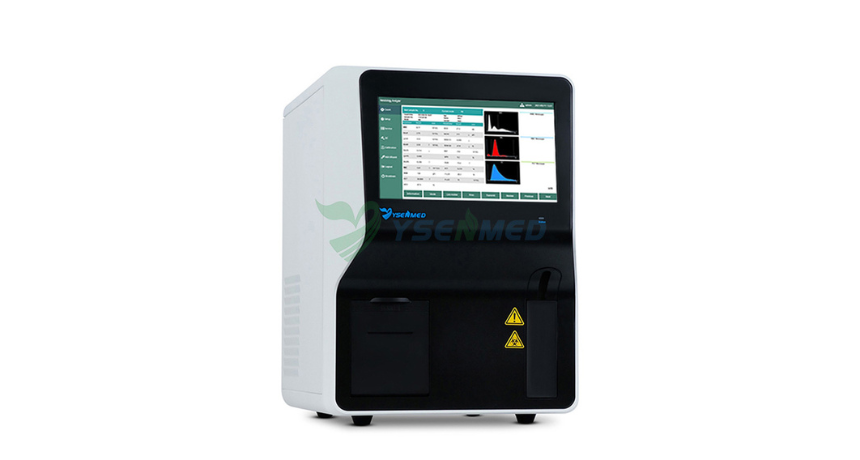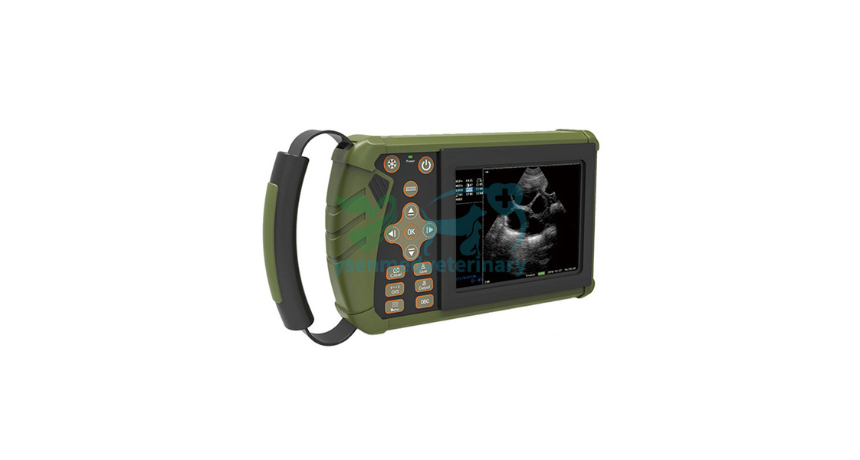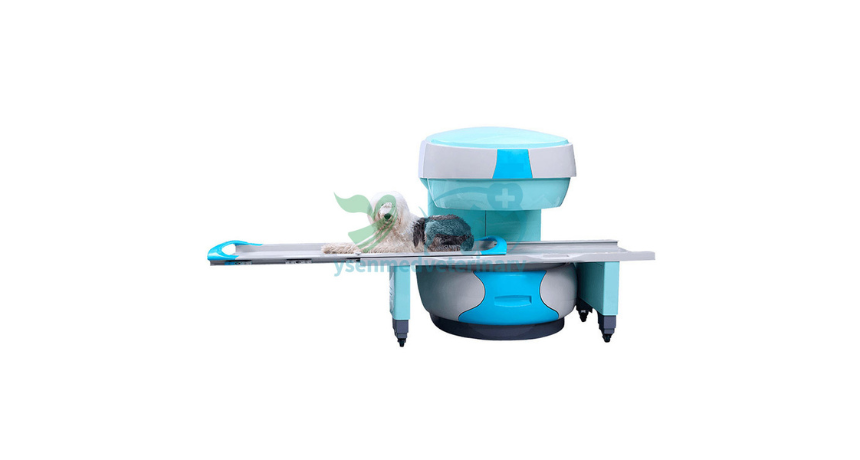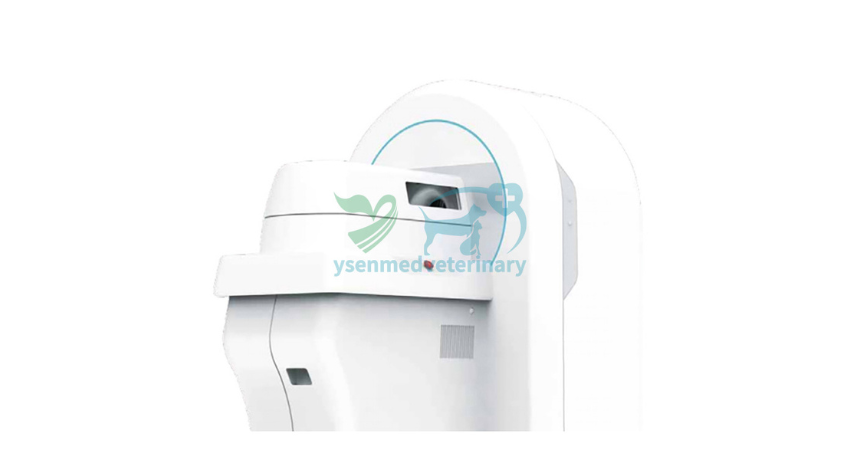Welcome to the realm of veterinary care, where every heartbeat matters! Just like humans, animals also need attentive medical care to ensure their well-being. One of the essential tools in the arsenal of veterinary professionals is the Ultrasonic Vascular Doppler. This advanced technology plays a pivotal role in monitoring the cardiovascular health of our furry companions, enabling veterinarians to detect and address potential issues early on. In this article, we'll delve into the significance of
Veterinary Ultrasonic Vascular Doppler and how it contributes to the overall health and happiness of our beloved pets.
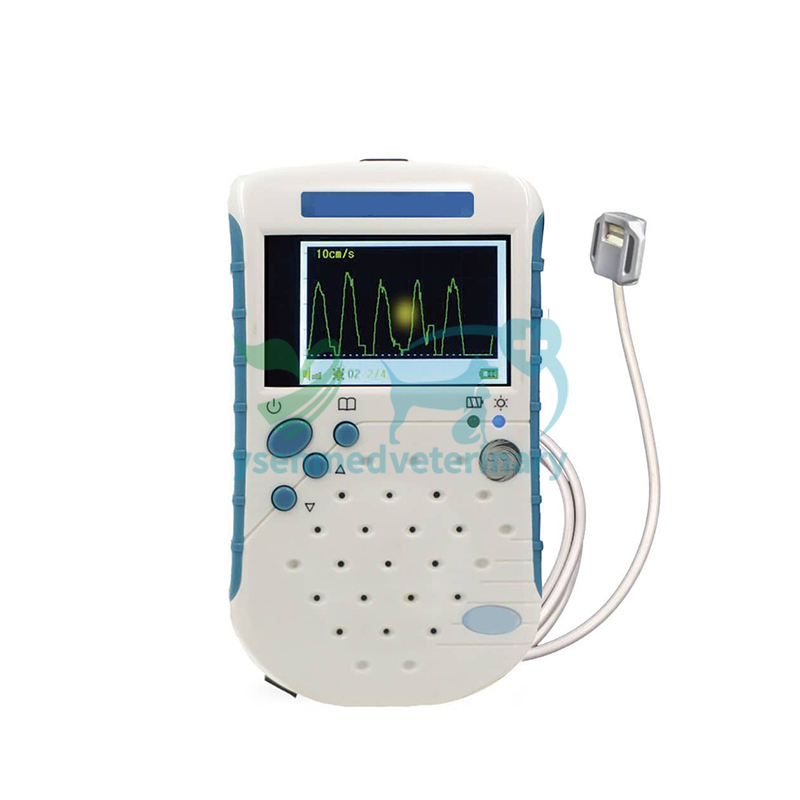
Understanding Veterinary Ultrasonic Vascular Doppler: Unraveling the Basics
What is Ultrasonic Vascular Doppler?
At its core, Ultrasonic Vascular Doppler is a sophisticated medical device that utilizes high-frequency sound waves to assess blood flow through arteries and veins. It works on the principle of Doppler effect, where the frequency of sound waves changes when they encounter moving blood cells. By analyzing these frequency shifts, veterinarians can obtain valuable insights into the circulatory system of animals.
How Does it Work?
The process begins with the veterinarian applying a gel to the area of interest, usually a limb or neck, to ensure proper contact with the skin. The Doppler probe is then placed on the gel-coated area, emitting ultrasound waves into the body. As these waves encounter blood cells in motion, they bounce back to the probe with altered frequencies. The device interprets these frequency changes to generate real-time audio and visual representations of blood flow, allowing veterinarians to assess its velocity and direction.
Why is it Important in Veterinary Medicine?
Veterinary Ultrasonic Vascular Doppler serves as a non-invasive tool for evaluating cardiovascular health in animals. It helps veterinarians diagnose conditions such as peripheral artery disease, thrombosis, and hypertension. Additionally, Doppler technology aids in monitoring blood pressure and assessing the efficacy of treatments. By providing accurate and timely information, it enables veterinarians to make informed decisions regarding the care and management of their patients.
Applications in Veterinary Practice: Enhancing Patient Care
Early Detection of Cardiovascular Disorders
One of the primary advantages of Ultrasonic Vascular Doppler is its ability to detect cardiovascular disorders at an early stage. By assessing blood flow patterns and detecting abnormalities, veterinarians can intervene before serious complications arise. This proactive approach not only improves treatment outcomes but also enhances the overall quality of life for animals.
Monitoring Cardiac Function
In addition to diagnosing disorders, Doppler technology plays a crucial role in monitoring cardiac function in animals with pre-existing conditions. Whether it's monitoring blood flow during surgery or evaluating the effectiveness of medication, veterinarians rely on Doppler ultrasound to assess the heart's performance accurately. This real-time feedback allows for adjustments to treatment plans, ensuring optimal care for each patient.
Guiding Interventional Procedures
Veterinary Ultrasonic Vascular Doppler also serves as a valuable tool during interventional procedures. Whether it's placing catheters or performing vascular surgeries, Doppler technology provides vital guidance by visualizing blood flow in real-time. This not only improves the accuracy of procedures but also minimizes the risk of complications, ultimately leading to better outcomes for patients.
Advantages of Veterinary Ultrasonic Vascular Doppler: A Closer Look
Non-Invasive and Painless
One of the key benefits of Doppler technology is its non-invasive nature. Unlike traditional diagnostic methods that may require invasive procedures, Ultrasonic Vascular Doppler allows veterinarians to gather valuable information without causing discomfort to the animal. This reduces stress and anxiety, making the veterinary experience more pleasant for both pets and their owners.
Accurate and Reliable Results
Another advantage of Veterinary Ultrasonic Vascular Doppler is its accuracy and reliability. By providing real-time data on blood flow dynamics, Doppler technology enables veterinarians to make precise diagnoses and treatment decisions. This minimizes the margin of error and ensures that patients receive the most effective care possible.
Versatility and Adaptability
Doppler ultrasound technology is highly versatile and can be used across a wide range of veterinary specialties. Whether it's small animals, exotic species, or equine patients, Ultrasonic Vascular Doppler can adapt to different anatomies and clinical scenarios. This versatility makes it an indispensable tool in veterinary practice, catering to the diverse needs of patients.
The Future of Veterinary Care: Embracing Innovation
As technology continues to advance, so does the field of veterinary medicine. Veterinary Ultrasonic Vascular Doppler represents just one of the many innovations shaping the future of animal healthcare. With its ability to provide accurate, non-invasive assessments of cardiovascular health, Doppler technology is poised to play an increasingly prominent role in veterinary practice.
Conclusion
In the intricate tapestry of veterinary care, every heartbeat matters. Veterinary Ultrasonic Vascular Doppler stands as a testament to the dedication and innovation driving the field forward. By harnessing the power of sound waves, veterinarians can peer into the intricate workings of the circulatory system, ensuring the health and well-being of our beloved animal companions. As we look to the future, let us embrace the promise of technology and continue to strive for excellence in veterinary care. After all, it's not just about treating animals – it's about nurturing the precious bond between humans and their furry friends.
FAQs:
How does Veterinary Ultrasonic Vascular Doppler help in diagnosing cardiovascular conditions in animals?
Veterinary Ultrasonic Vascular Doppler aids in diagnosing cardiovascular conditions by assessing blood flow through arteries and veins using high-frequency sound waves. By analyzing the velocity and direction of blood flow, veterinarians can detect abnormalities indicative of disorders such as peripheral artery disease, thrombosis, and hypertension.
Is Veterinary Ultrasonic Vascular Doppler safe for animals?
Yes, Veterinary Ultrasonic Vascular Doppler is safe for animals when used by trained veterinary professionals. It is a non-invasive tool that utilizes high-frequency sound waves to assess blood flow, posing minimal risk to the patient. However, proper technique and calibration are essential to ensure accurate results and prevent any potential harm.
Can Veterinary Ultrasonic Vascular Doppler be used on all animal species?
Yes, Veterinary Ultrasonic Vascular Doppler can be used on a wide range of animal species, including small animals, exotic pets, and horses. Its versatility allows veterinarians to adapt the technique to different anatomies and clinical scenarios, making it a valuable tool in veterinary practice.
How does Veterinary Ultrasonic Vascular Doppler contribute to surgical procedures?
Veterinary Ultrasonic Vascular Doppler contributes to surgical procedures by providing real-time feedback on blood flow dynamics. During surgeries, veterinarians can use Doppler technology to visualize blood flow and ensure adequate perfusion to tissues. This guidance helps minimize the risk of complications and improves surgical outcomes for patients.
What are the advantages of using Veterinary Ultrasonic Vascular Doppler over traditional diagnostic methods?
The advantages of using Veterinary Ultrasonic Vascular Doppler over traditional diagnostic methods include its non-invasive nature, accuracy, and versatility. Unlike invasive procedures that may cause discomfort to animals, Doppler technology allows veterinarians to gather valuable information without causing stress. Additionally, Doppler ultrasound provides real-time data on blood flow dynamics, enabling precise diagnoses and treatment decisions. Its versatility allows it to be used across a wide range of veterinary specialties, catering to the diverse needs of patients.
